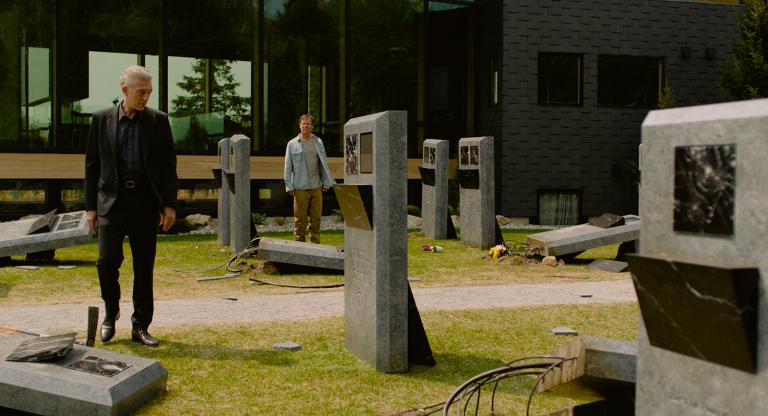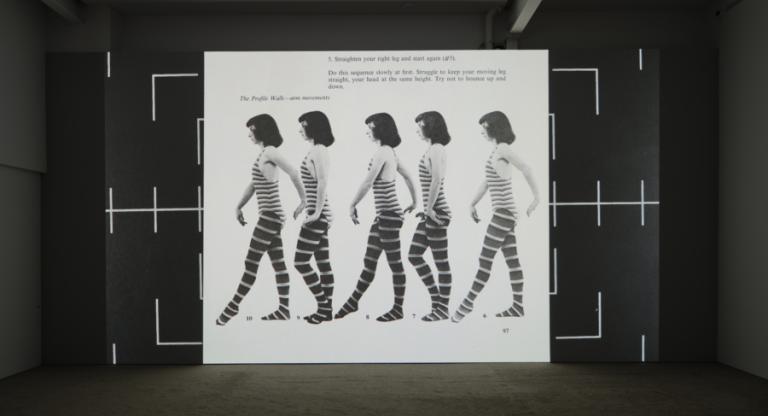Tyler Taormina’s third feature, Christmas Eve in Miller’s Point (2024), takes place in a temporally rule-defying dimension—a fusion of Christmases past and present where 1970s aesthetic markers like fuzzy film stock and a soundtrack consisting of songs from the ‘60s populate a post-stock market crash United States, evidenced by the film’s cast of teens who are smitten with their Samsung flip phones. By existing in this timeless moment where history has and has not passed, the film—despite its more obvious comedic elements—feels constantly on the cusp of an unnamed tragedy. Miller’s Point takes place in Long Island, where the myriad members of the extended Balsano family assemble at their ancestral home on Christmas Eve, struggling to cram themselves around a single dining table. The film charts the evening’s progress at a leisurely pace; snippets of conversation and interactions in different pockets of the house overlap, as shots luxuriate on kitsch décor, festive banquets, glossy sweets, and strings of multicolored lights.
Numerous hints—talk of care homes for the often-dozing matriarch (Mary Reistetter) and a house-for-sale sign stowed in the garage—point to this being the Balsano’s last Christmas in their blissful family sanctuary. But this revelation does not drive Miller’s Point’s plot, instead it serves as a sobering anchor for the festivities. The real gear change in the film arrives when the clan’s younger members slip out (Matilda Fleming and Francesca Scorsese) and speed off into the night, setting in motion the ensuing caper, as well as Michael Cera and Gregg Turkington’s strand of the story as two dead-eyed cops—who may or may not be in love. Channeling Roy Andersson’s deadpan filmmaking, especially in a series of vignettes that involve theft from a dumpster, Taormina’s troop of young characters—including Steven Spielberg’s son Sawyer as a glowering lout—converge at a graveyard, a late-night bagel shop, and a parking lot while the adults’ action continues back home.
Along with its skillfully naturalistic dialogue, Miller’s Point is inclined toward imaginative flights of fancy—as seen in a scene where the family dog spies on a deer standing in the snow and a surreal scene in which youngsters silently couple off. Taormina frames the night’s events from a child’s perspective; he shoots ballooning silhouettes dancing in the house’s windows, presents low angle shots of adults’ enormous embraces, and shows impossibly large icicles hanging from the garage door. The film’s most poignant scene arrives toward the close. Uncle Ray’s (Tony Savino) manuscript for a novel, read by his niece (Laura Robards), ruminating on “all the things in life that never happened [going] past him like footsteps,” showcases Taormina and Eric Berger’s masterful writing, crystallizing the dread of things being lost as they happen. Their film represents an artful, if unwieldy, study of nostalgia. Beneath its merriment, there is melancholy—the question of lives not lived.
Christmas Eve in Miller’s Point is now showing at IFC Center.



